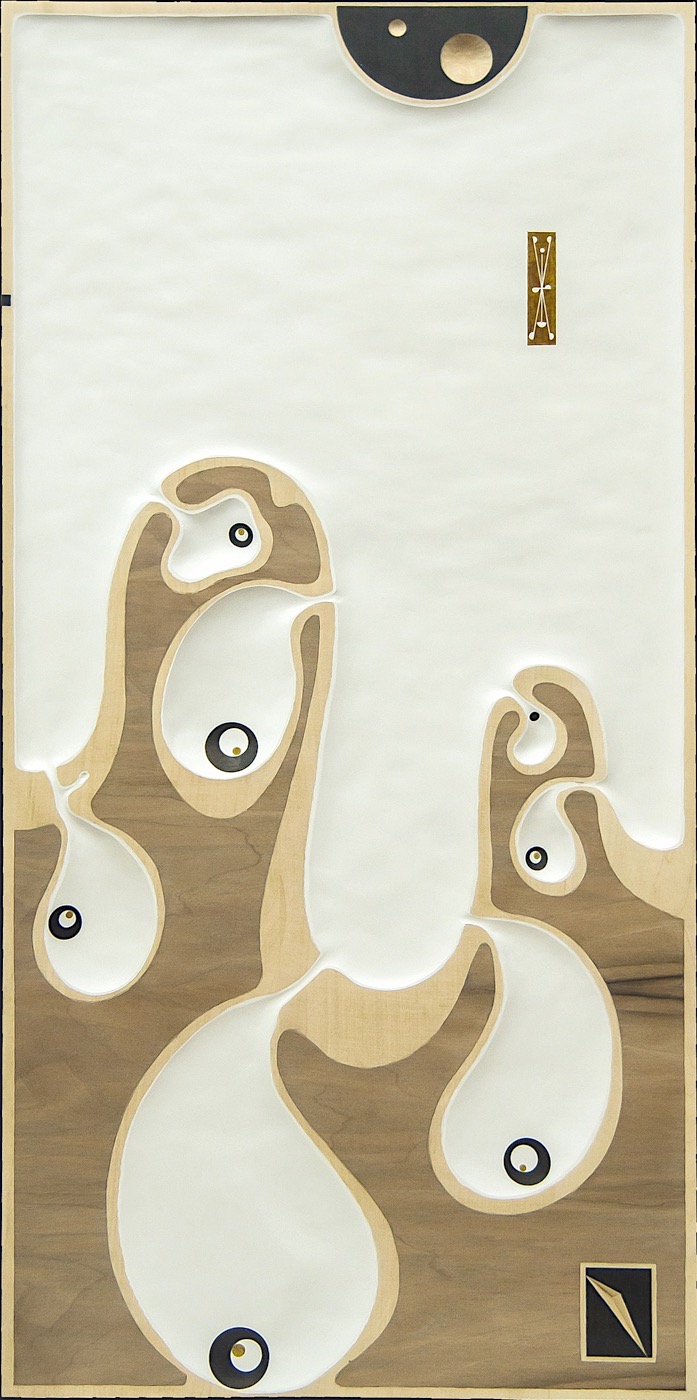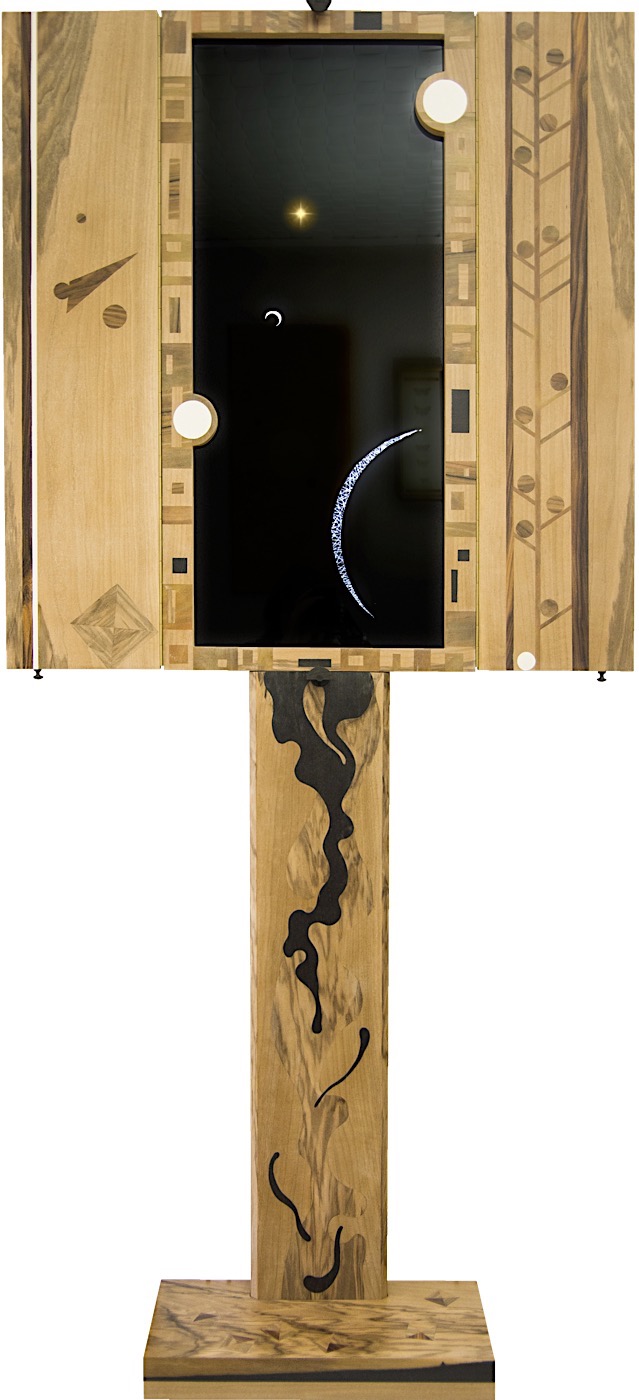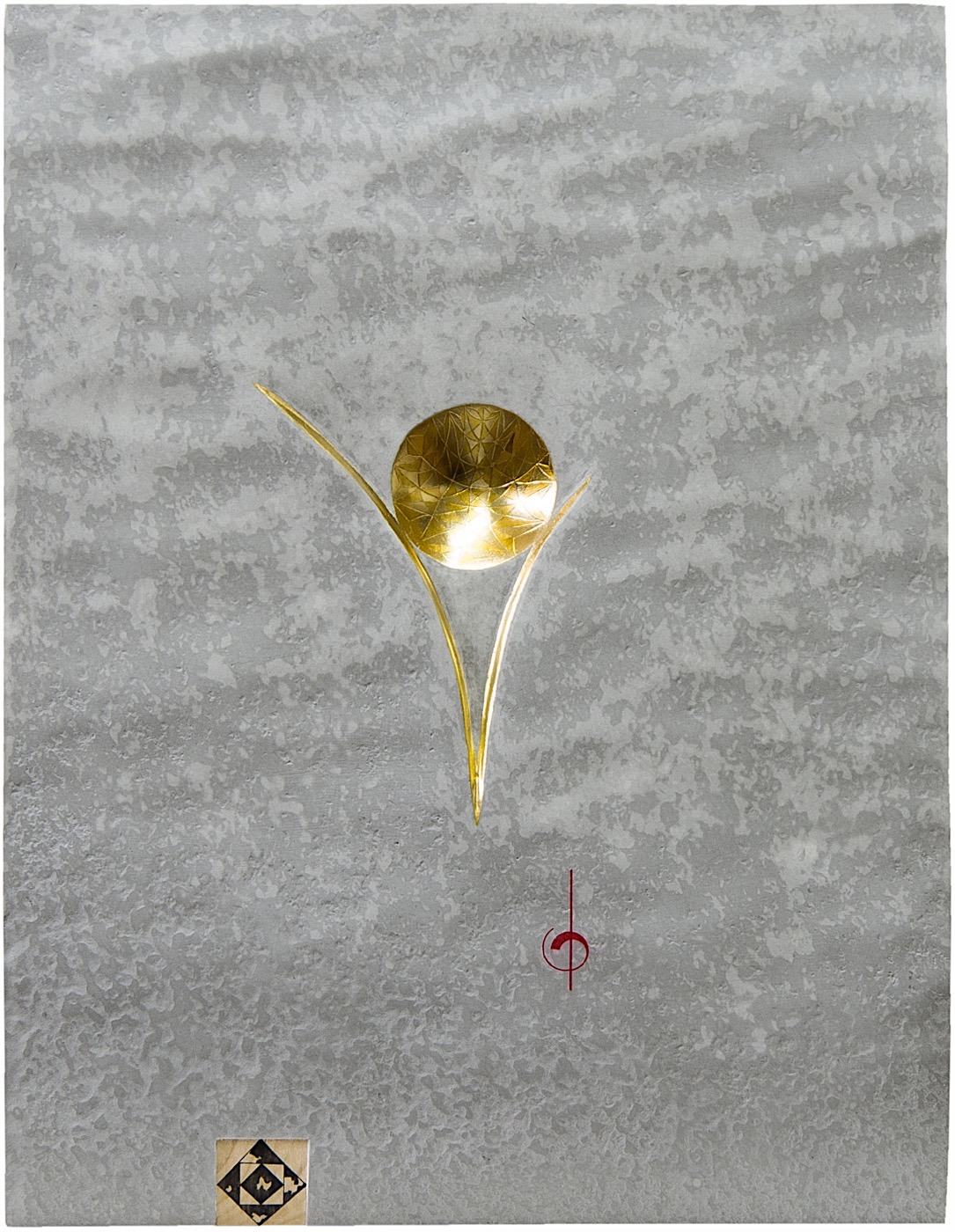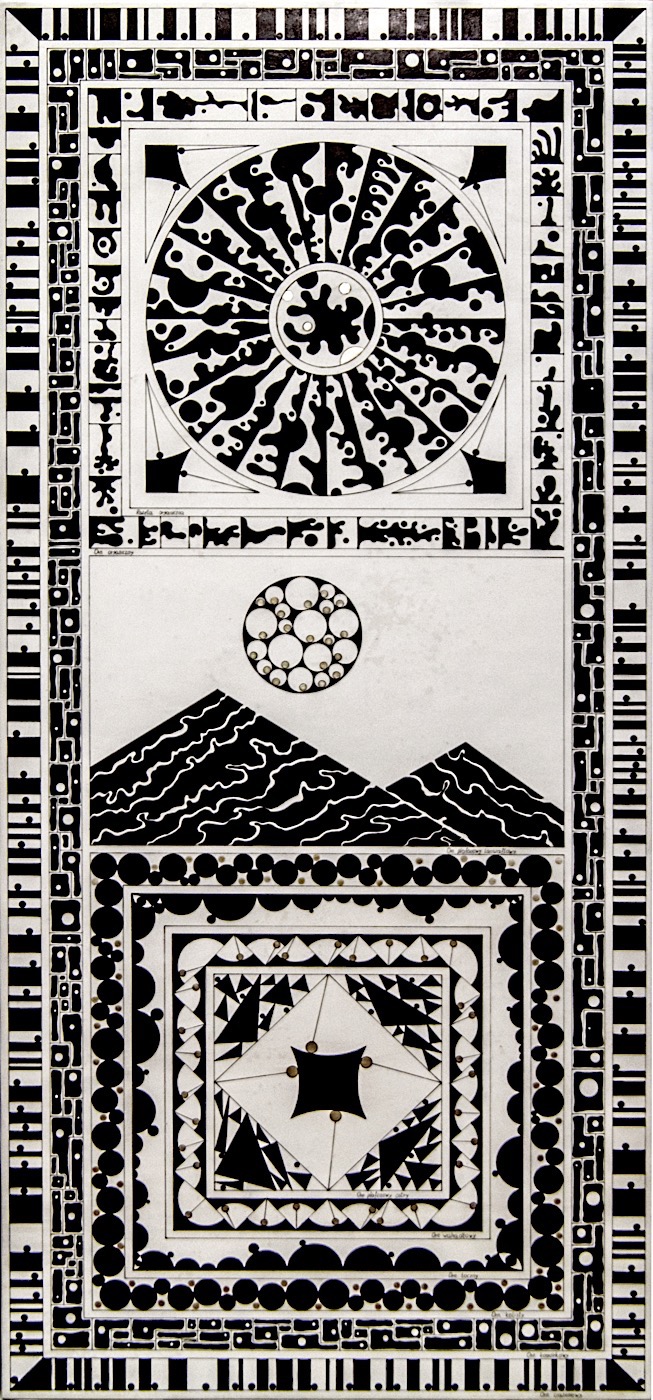Richard (Ryszard) Anuszkiewicz →
Spring Suite
1979, etching, aquatint (metal plate impression visible), 79 x 78 cm (in light of passe-partout), signed and numbered by hand in pencil ANUSZKIEWICZ 1979, 91/95
Richard Anuszkiewicz’s print depicting two squares, one superimposed on the other, is an excellent example of minimalist Op-Art. The pastel composition, characterised by a slight change of colour, outer square to inner square, is light and subtle. Edition: 95 copies, Atelier: Deli Sacilotto, Atelier Editions, Inc. New York (ID: 125240)
Available Pricing on request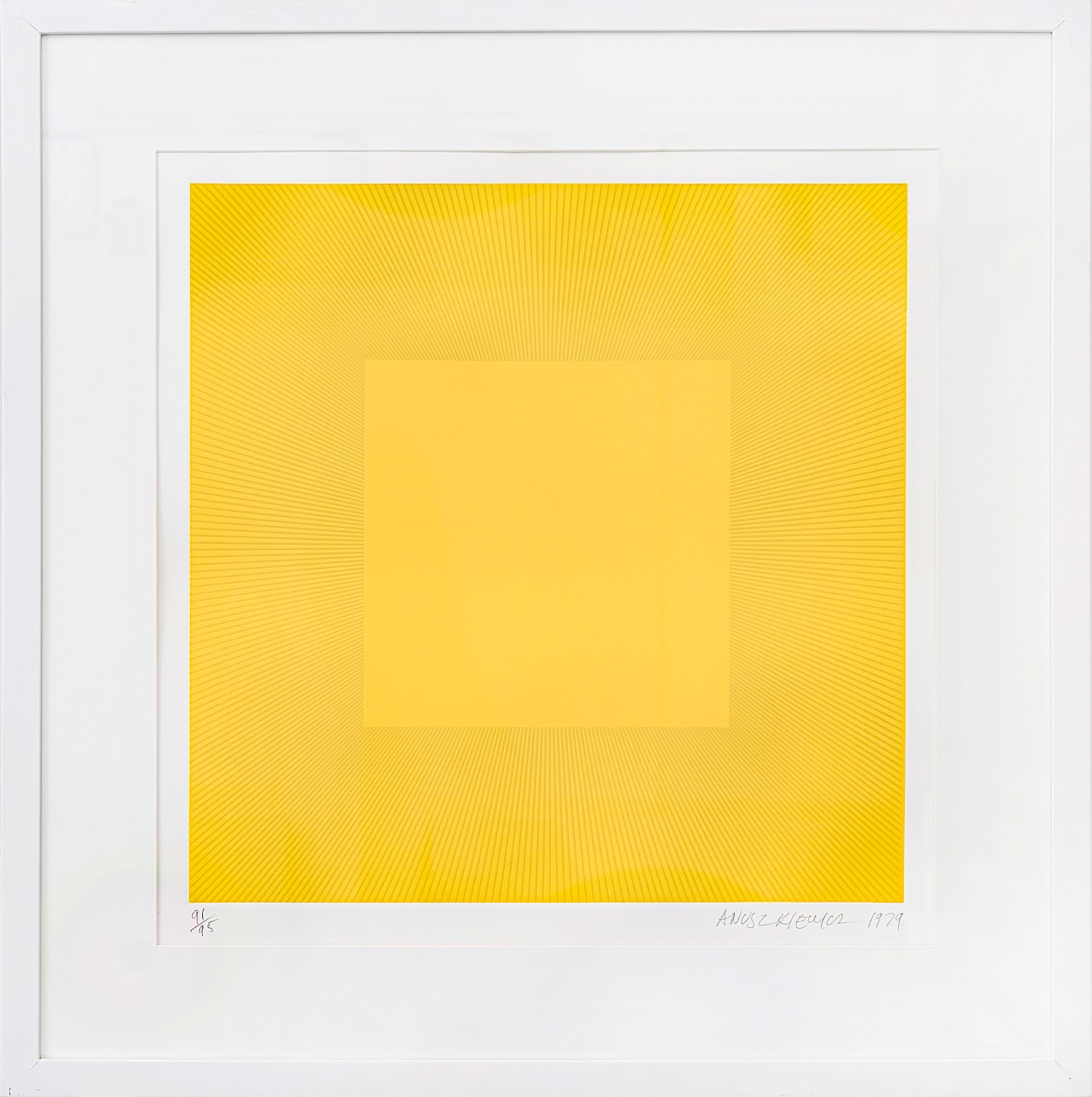
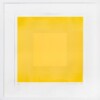 Richard (Ryszard) Anuszkiewicz, Spring Suite
Richard (Ryszard) Anuszkiewicz, Spring Suite 
